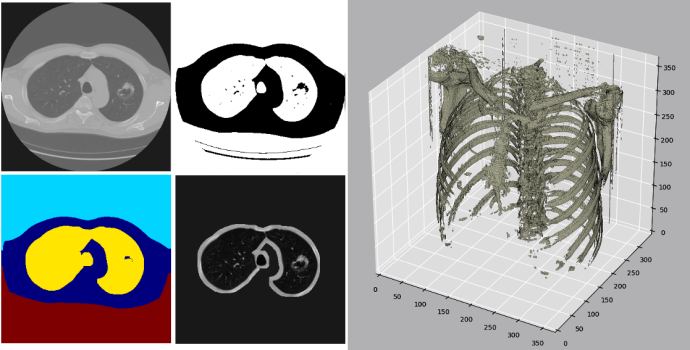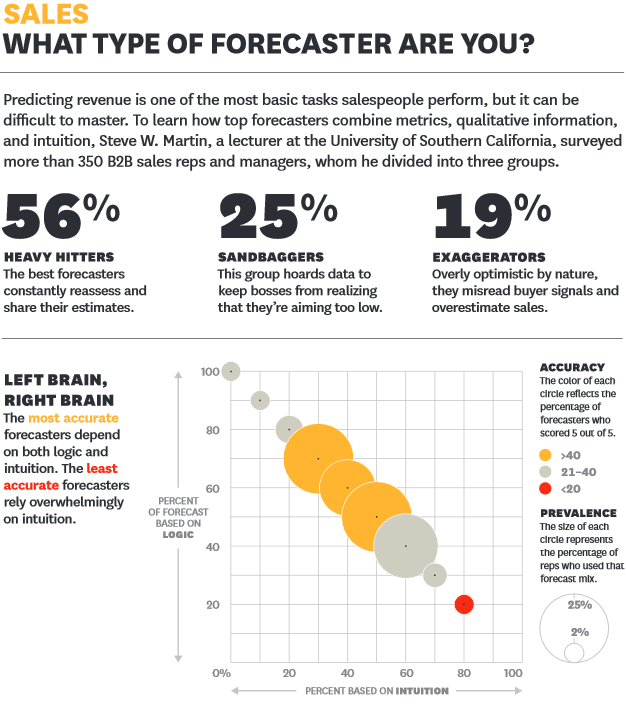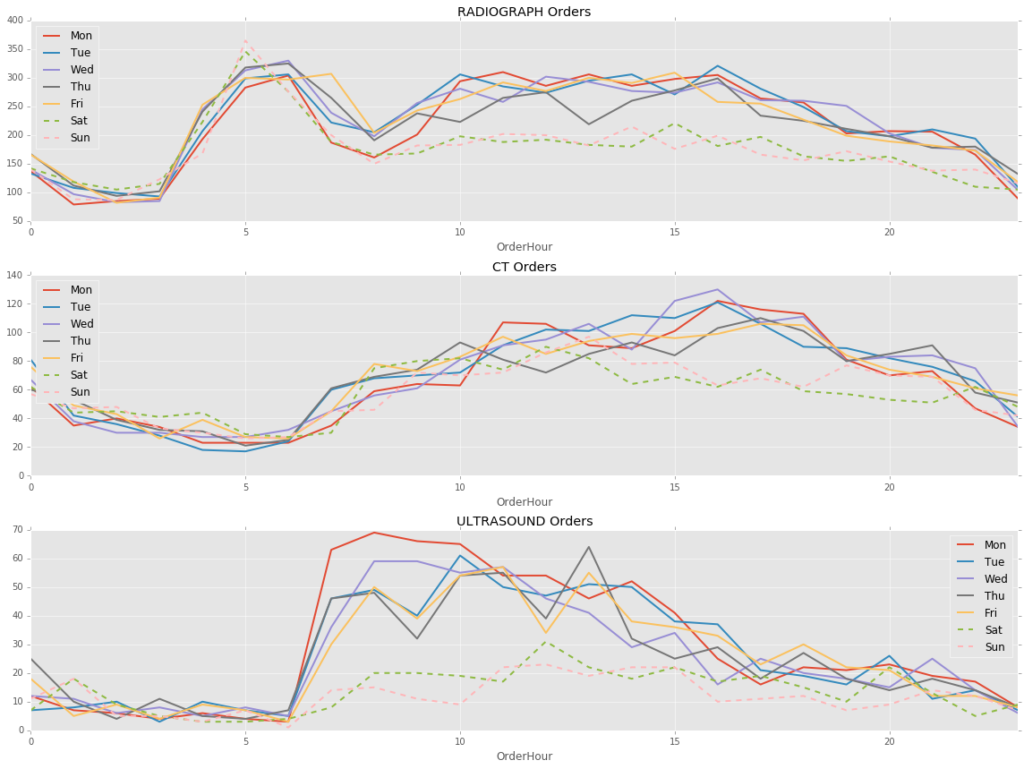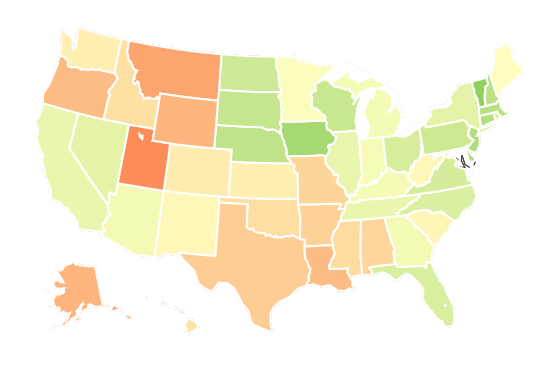There is something strangely satisfying about being able to take things apart and putting it back together. Inspired by the popularity of Lego sets in our childhoods, Minecraft brought this sense of wonder to video games.
For those of us who are life-long tinkerers who happen to be radiologists, I published in Radiology Data Quest a DIY on how one take DICOM apart and manipulate it. All in Python, no less.
DICOM is a pain in the neck. It also happens to be very helpful. As clinical radiologists, we expect post-processing, even taking them for granted. However, the magic that occurs behind the scene…
Source: DICOM Processing and Segmentation in Python – Radiology Data Quest






